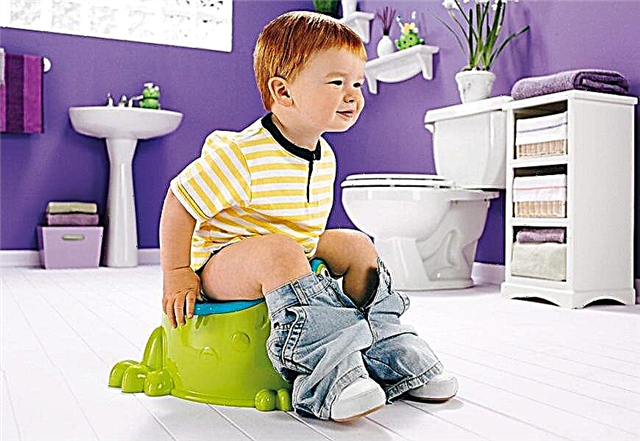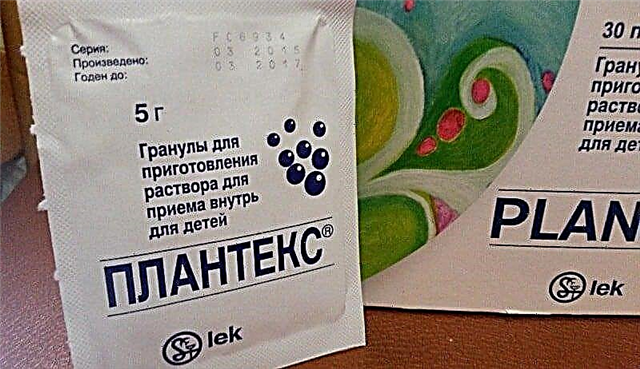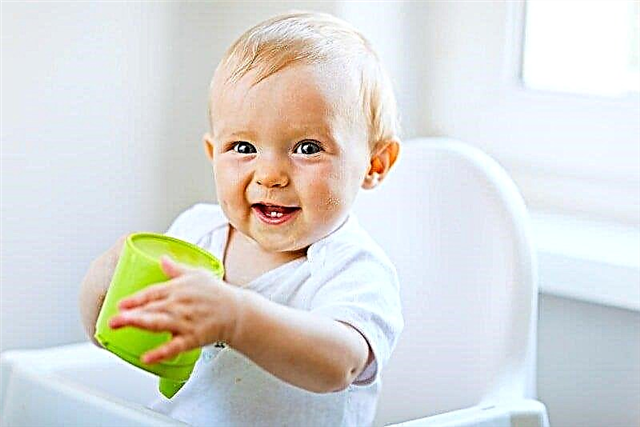Every mother knows that cleanliness for a baby is a guarantee of his health, so she tries to carefully carry out all the necessary procedures. Children's doctors remind that not only timely manipulations are important, but also the rules for their implementation. The body of a newborn only adapts to new conditions, therefore hygienic care is carried out not only in the morning and in the evening, but also as needed during the day.

Hygiene procedures for a newborn child should be carried out as needed
The need for morning toilet
Young mothers experience fear in the first days after the hospital, being left alone with the baby. To avoid anxiety, the pediatrician trains the woman at the stage of pregnancy, telling about the necessary actions and techniques for their implementation.
The daily routine includes the newborn's morning toilet, which ensures proper development, helps to increase immunity, and strengthens health. The baby's body is very vulnerable, therefore, it requires careful care of areas such as the umbilical wound, eyes, ears, nasal passages and natural folds.
Correct care algorithm
Women in labor know that morning manipulations in the hospital begin at about 9 o'clock. After returning from the hospital, the mother makes her own schedule of procedures for her child.
To facilitate the actions of the mother, pediatricians suggest an algorithm for the morning toilet of a newborn:
- Preparation of the necessary hygiene products;
- Hand sanitization;
- Changing table cleanliness;
- Manipulation with observance of the rules;
- Disposal of used products.
Important! In the first weeks after the hospital, experts advise keeping a diary where to enter the time and name of the procedure, the child's well-being, the state of the treated surface. It is useful to discuss such records with the pediatrician in order to timely see the health problems of the baby.
Morning toilet procedures
The peculiarities of caring for a newborn in the first month of life are explained to the mother even in the hospital and show how to correctly perform all the manipulations.
The main procedures included in the morning toilet are:
- General examination of the baby;
- Body t measurement;
- Facial washing;
- Treatment of the umbilical wound;
- Hygiene of eyes, nose, ears;
- Processing of natural folds;
- Examination of nails;
- Diaper change.

If there are difficulties with caring for a newborn, the pediatrician will give the necessary advice to the mother
Visual inspection of the baby
You need to make a visual examination of the infant every day, having previously processed your hands. Due to the delicate skin of the newborn, there is a possibility of any infections entering the body.
It is desirable that the room temperature is at least 20 ° C, which will allow air baths and hardening of the crumbs. Such baths are the best method of preventing diaper rash in a baby.
The visual inspection technique consists of the following actions:
- Undress the child completely;
- Remove the diaper and clean the buttocks if necessary;
- Alternately raise the arms and legs of the baby;
- Carefully examine the skin to detect diaper rash.
Baby face care
Morning and evening toilet of a newborn includes washing the face with warm boiled water. It is necessary to prepare in advance:
- boiled water within 37 ° C;
- cotton balls;
- turundochki (flagella twisted from cotton wool);
- soft napkin;
- baby oil.
The manipulation algorithm is as follows: moisten a cotton ball in warm water, squeeze lightly. Wipe your face with light movements, blot with a napkin at the end of the procedure. If necessary, lubricate the child's cheeks with baby oil.
Eye treatment
In the morning, a newborn's eye toilet is performed. The eyes are wiped with a sterile swab dipped in boiled water, in the direction from the outer corner to the bridge of the nose, so as not to bring dirt into the eyeball. Then dried with dry balls to remove excess moisture.
Important! Each eye is cleaned with a new swab. Depending on the physiological characteristics of the child, the eyes are washed during the day.
Ear care
Experts advise treating the auricles of a newborn no more than once a week, using cotton balls soaked in sterile oil.
For cleaning, first wipe the outer part of the ear without going into the ear canal, then clean it behind the auricle, where crusts often form.
When earwax accumulates in the ear canal, turunda soaked in oil are used. It is strictly forbidden to use cotton swabs to remove earwax.

Treating eyes, nose and ears requires proper handling
Treatment of the nasal passages
Your baby's nose must be cleaned every day, usually after eye treatment. For the correct toilet of the newborn's nose, cotton flagella are used, which are lubricated with sterile oil and gently pushed into the depth of 1.5 cm with rotational movements. Each nasal passage is cleaned with a separate flagellum. Pediatricians warn that you should not carry out the procedure for too long and use cotton swabs for it.
Hygiene of the scalp and hair
All the advice that pediatricians give to parents are individual in nature. Some kids have skin problems, others don't. For shampooing and shampooing, the tips are almost the same:
- The child's head is washed with shampoo once a week, the rest of the time, plain water is enough;
- Brush your hair daily with a soft brush to remove crusts and soothe baby's itching.
Note! Pediatricians do not recommend listening to the old advice on how to get rid of crusts on the baby's head by combing them out, as you can injure the skin and introduce an infection.
Processing natural folds
The main thing that children's specialists pay attention to is the correct processing of the natural folds of the newborn. Such manipulation is performed in the morning and in the evening, cleansing of the gluteal folds is performed as it becomes dirty.
The child is pre-washed, laid on a flat surface and the skin is blotted with a clean napkin. In order to prevent diaper rash, the skin folds are lubricated with baby oil in the following sequence:
- Behind the ear, cervical;
- Axillary and ulnar;
- Wrist and palmar;
- Popliteal, ankle, inguinal;
- Buttock.
For the procedure, the mother first rubs the oil into her palms, then applies it to the baby's skin. This method is called "dosing through my mother's hands".

Treatment of natural folds is an important procedure for a newborn
Washing the boy
The newborn is washed every time after emptying, following certain rules that are completely different for boys and girls.
Boys are washed with running water, bypassing the foreskin. Then the skin of the buttocks and groin folds are thoroughly soaked with a napkin, lubricated with baby oil. Doctors advise paying particular attention to the crease between the scrotum and thigh.
Washing girls
Girls are washed from front to back to avoid infection of the urinary tract. Mom directs a stream of warm water to her hand and washes the girl. A jet directed at the baby's perineum can injure delicate skin. In addition, children should not be washed in a basin.
Oral care
The oral cavity of the crumbs must be examined every day. If the mucous membrane is clean, no special treatment is required. However, the mucous membrane covered with a white coating is a symptom of thrush. A doctor should diagnose and prescribe treatment.
Umbilical wound treatment technique
Umbilical wound care is one of the important procedures. Primary treatment is carried out in the hospital, then the mother is trained for further manipulations.
Usually, the umbilical stump is covered with a bloody crust, so it is treated daily until complete healing 2 times a day: in the morning and in the evening after bathing.
Processing technique:
- Rinse your hands thoroughly;
- Moisten a cotton flag with 3% hydrogen peroxide solution;
- Gently push the edges of the umbilical wound;
- Process the wound from the center to its edges;
- Dry with a clean cotton swab;
- Coat the wound with 1% brilliant green solution.
Note! Bathing a baby with an unhealed umbilical wound is possible only with the permission of the pediatrician.

The umbilical wound of a newborn is processed according to a specific technique
Body temperature measurement and weighing
A newborn's morning toilet begins with controlling stool, t and weight. To measure t of the body, the baby is first undressed, the temperature is measured in a calm state, since the movements increase it. Normal body t is considered to be from 36.5 to 37 degrees. Modern mothers use digital thermometers that do not cause discomfort to the child.
Weight gain is more reliably tracked using baby scales. It is enough to weigh the newborn once a week, preferably at the same time of the day, timing the procedure for bathing.
Baby nail care
A newborn baby's nails should be trimmed as they grow back. It is more convenient to use special children's scissors with rounded ends. It is best to do this while your baby is sleeping. On the hands, the nails are cut in a semicircle, on the legs - in a straight line.
List of required funds
A set of hygiene products is required to take care of a newborn. Children's doctors recommend having in your home:
- Baby oil and cream;
- Brilliant green solution;
- 3% hydrogen peroxide solution;
- A vessel for boiled water;
- Cotton balls, flagella and sticks;
- Baby thermometer, scales, scissors.
The first month of a newborn's life is the most difficult and difficult time. During this period, the child only adapts to the external environment. Successful adaptation largely depends on competent hygienic care, which will support and preserve the health of the baby.



